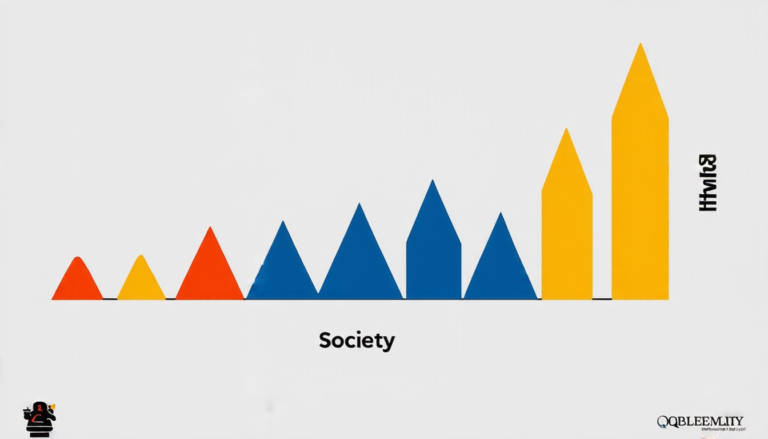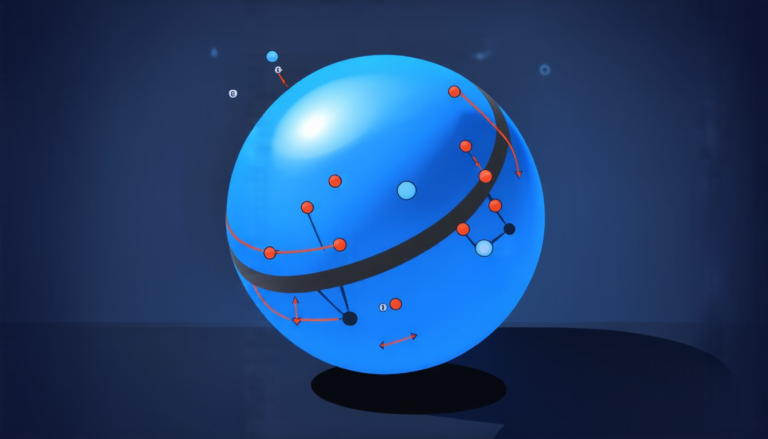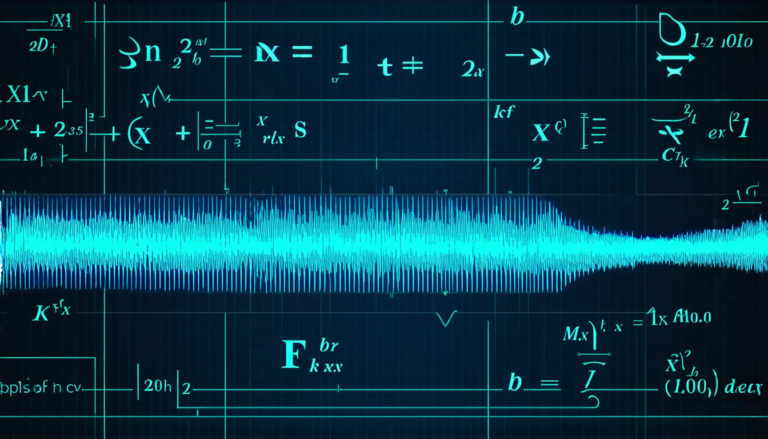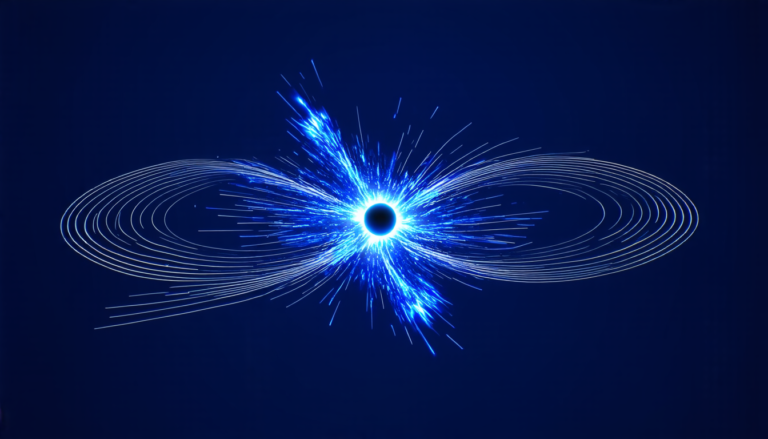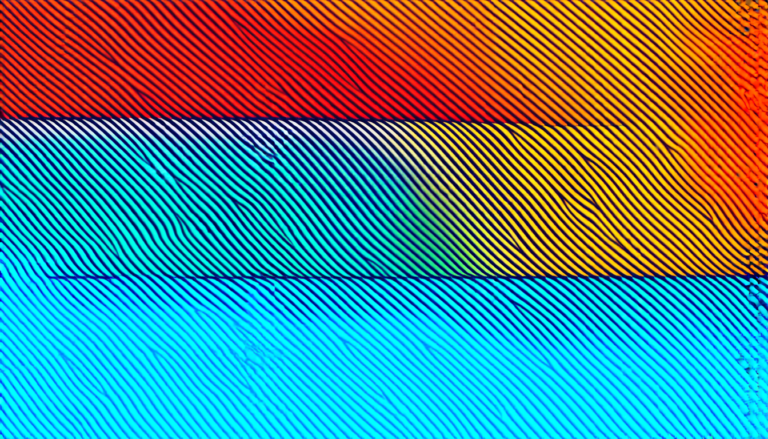Wednesday 09 April 2025
Researchers have made a significant breakthrough in understanding the geometry of artificial neural networks, shedding light on the complex relationships between their components. By combining statistical mechanics and machine learning techniques, scientists have been able to explore the vast space of possible solutions for these networks.
One of the key findings is that the geometry of the loss landscape, which describes how well a network performs on a given task, is highly intricate. The researchers discovered that the loss landscape has multiple local minima, which are areas where the network’s performance is optimal but not globally optimal. These local minima can trap optimization algorithms, making it difficult for them to find the best possible solution.
The study also revealed that the geometry of the loss landscape changes dramatically as the network’s architecture and training data change. For example, in networks with a single hidden layer, the loss landscape is relatively simple, but as the number of layers increases, the landscape becomes more complex.
The researchers used a combination of theoretical analysis and numerical simulations to understand the geometry of the loss landscape. They developed new methods for computing the overlap between different solutions, which allowed them to study how the network’s performance changes as it moves from one solution to another.
One of the most interesting findings is that the typical overlap between solutions in a well-trained network is surprisingly small. This means that the network’s performance can vary significantly even when the underlying weights and biases are very similar.
The implications of this research are far-reaching. By better understanding the geometry of artificial neural networks, scientists may be able to develop more efficient optimization algorithms, which could lead to faster and more accurate machine learning models. The study also highlights the importance of exploring the vast space of possible solutions for these networks, rather than simply relying on a single optimal solution.
The researchers’ findings have significant implications for our understanding of artificial intelligence and its potential applications. As we move forward in developing more sophisticated AI systems, it is crucial that we continue to study the intricacies of their inner workings, ensuring that they are robust, efficient, and reliable.
In addition, this research has broader implications for our understanding of complex systems in general. The techniques developed by the researchers can be applied to other fields where complex relationships between components need to be understood, such as biology or economics.
Overall, this study represents a significant step forward in our understanding of artificial neural networks and their potential applications.
Cite this article: “Unveiling the Secrets of Neural Networks: A Mathematical Journey Through the Solution Space”, The Science Archive, 2025.
Artificial Neural Networks, Machine Learning, Statistical Mechanics, Loss Landscape, Optimization Algorithms, Geometry, Complex Systems, Artificial Intelligence, Deep Learning, Neural Network Architecture.


